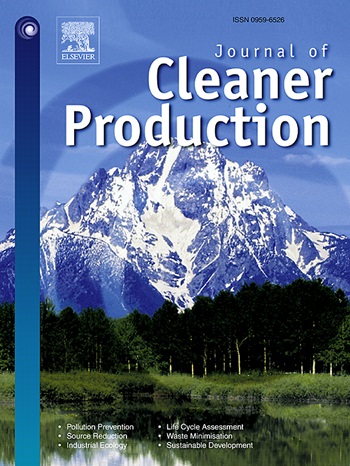Coupling coordination degree, interaction relationship and driving mechanism of water resources carrying capacity of Beijing-Tianjin-Hebei urban agglomeration in China
IF 9.7
1区 环境科学与生态学
Q1 ENGINEERING, ENVIRONMENTAL
引用次数: 0
Abstract
The sustainable use of water resources is important for the sustainable development of society, economy and eco-environment. Water resources carrying capacity (WRCC) reflects regional development levels, influenced by subsystems of water resources, society, economy and eco-environment. Previous studies focused on quantification of WRCC, with limited exploration of coupling coordination or driving mechanisms between subsystems. Therefore, this study focuses on the Beijing-Tianjin-Hebei urban agglomeration with high WRCC pressure. Based on the quantification of WRCC, this study applies coupling coordination degree model to assess the coordination relationship between subsystems. Then, using panel vector auto regression model to explore the interaction relationship between subsystems. Next, using geographically and temporally weighted regression model and geo-detector model to identify driving forces from subsystems and evaluation indicators. Finally, we proposed relevant development suggestions. The results show that: (1) The coupling coordination degree in the Beijing-Tianjin-Hebei urban agglomeration from 2003 to 2020 shows a positive development trend, with fluctuating rises between the water resources and the other three subsystems. (2) The water resources subsystem and society subsystem are central to dynamic interactions The eco-environment is the primary subsystem for WRCC. (3) Per capita GDP, urbanization rate, water consumption per 10 thousand CNY GDP, sewage treatment rate and per capita industrial sulfur dioxide emission are the main driving indicators for WRCC development. This study provides new insights for improving the WRCC and provides a basis for regional high-quality, sustainable and coordinated development. It also rationalizes the allocation of water scheduling between production, living and ecology.


求助全文
约1分钟内获得全文
求助全文
来源期刊

Journal of Cleaner Production
环境科学-工程:环境
CiteScore
20.40
自引率
9.00%
发文量
4720
审稿时长
111 days
期刊介绍:
The Journal of Cleaner Production is an international, transdisciplinary journal that addresses and discusses theoretical and practical Cleaner Production, Environmental, and Sustainability issues. It aims to help societies become more sustainable by focusing on the concept of 'Cleaner Production', which aims at preventing waste production and increasing efficiencies in energy, water, resources, and human capital use. The journal serves as a platform for corporations, governments, education institutions, regions, and societies to engage in discussions and research related to Cleaner Production, environmental, and sustainability practices.
 求助内容:
求助内容: 应助结果提醒方式:
应助结果提醒方式:


